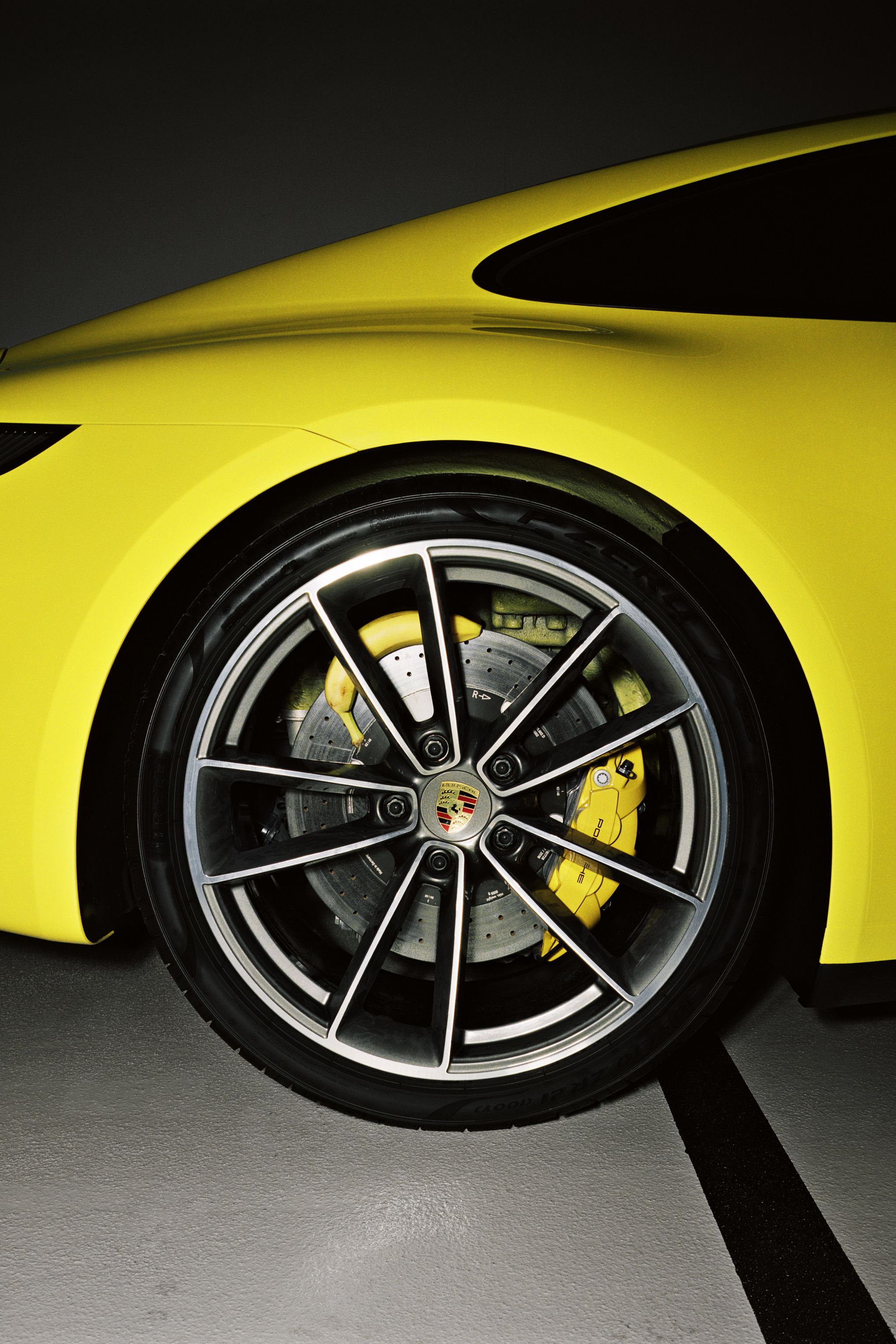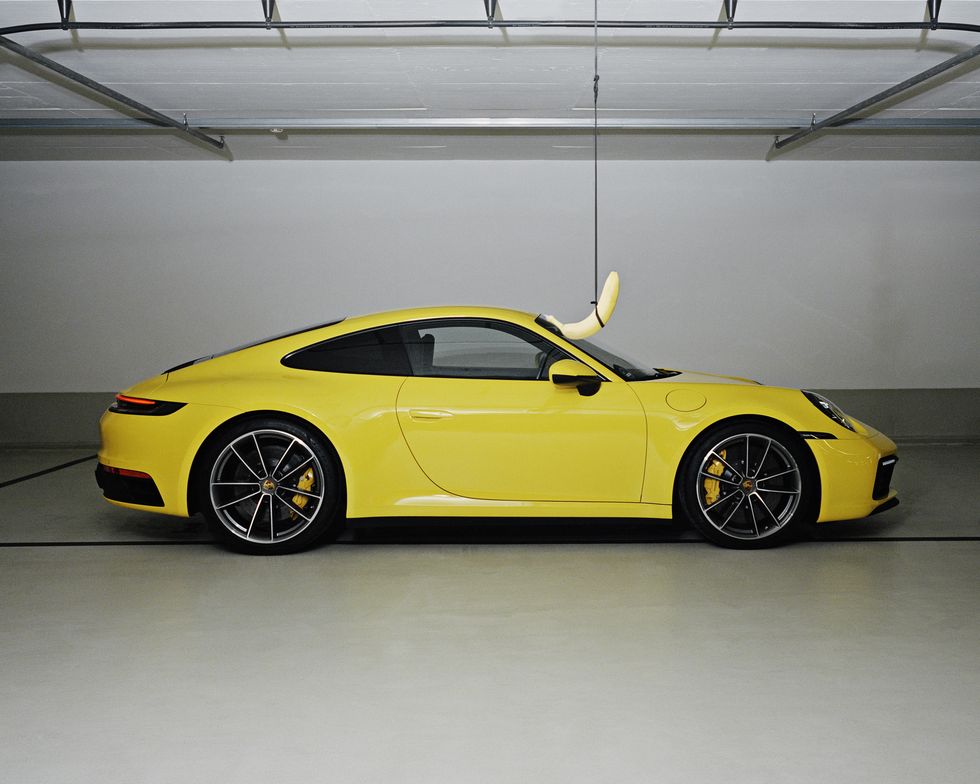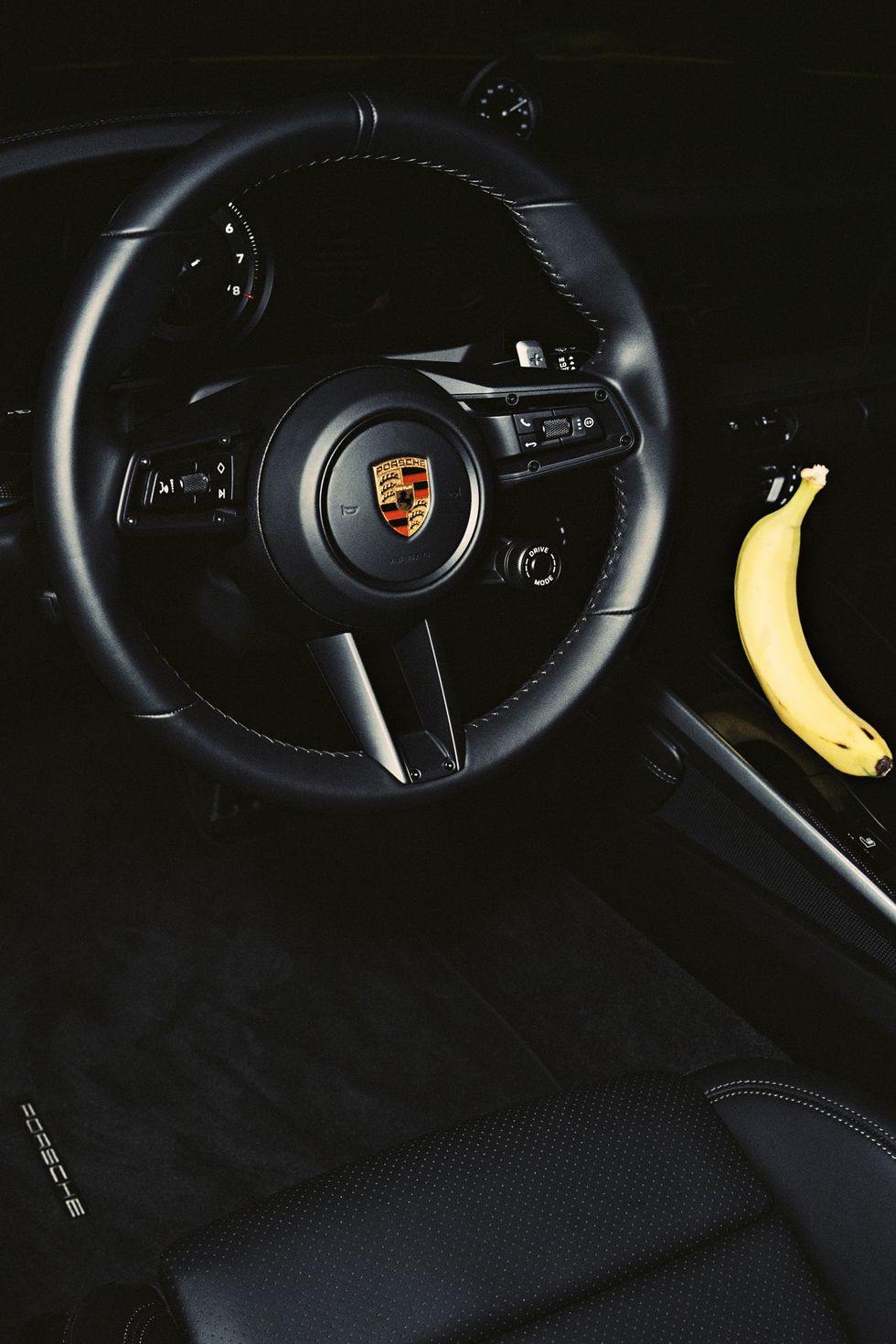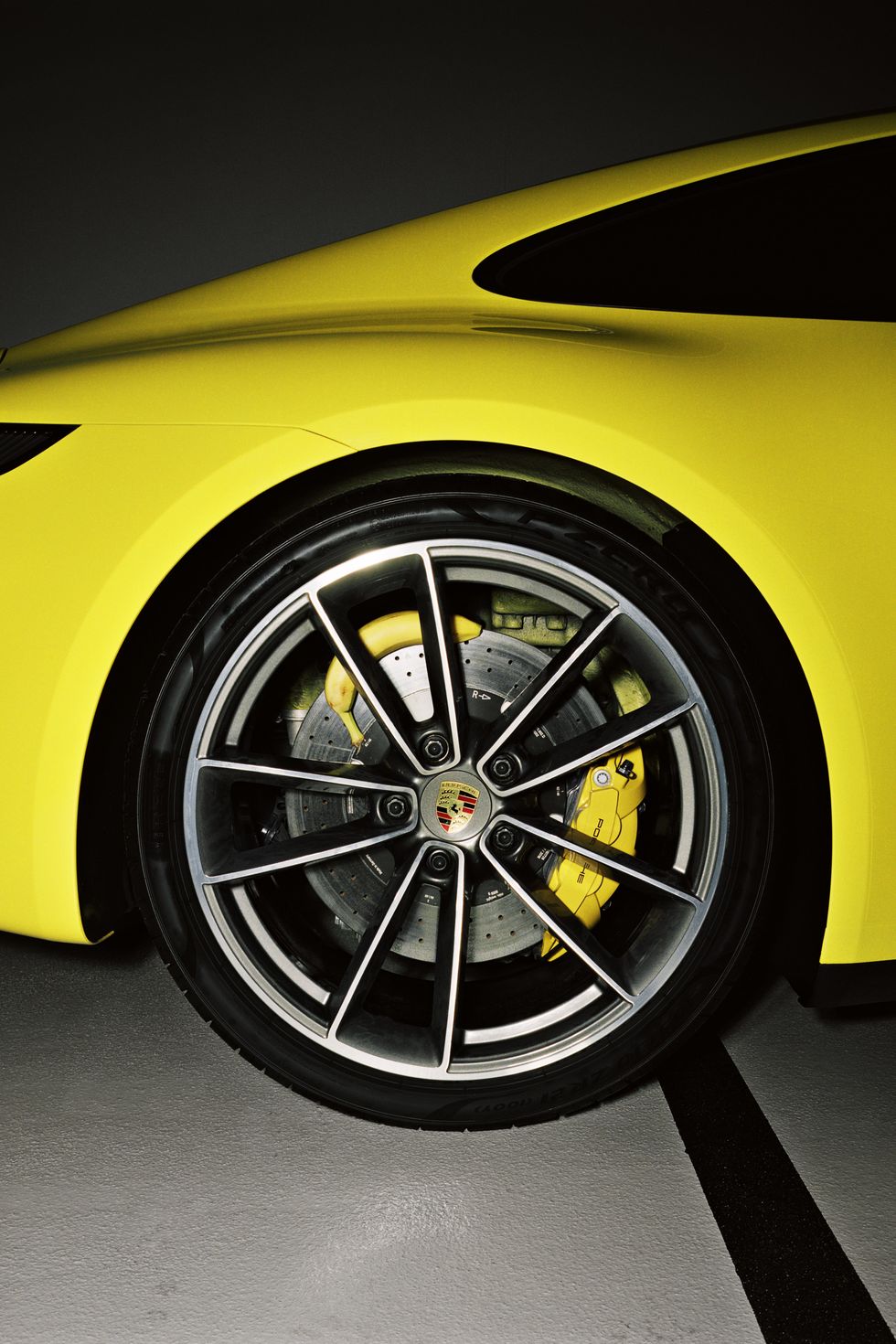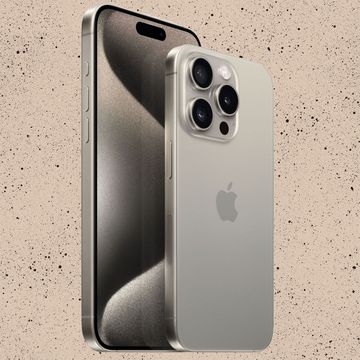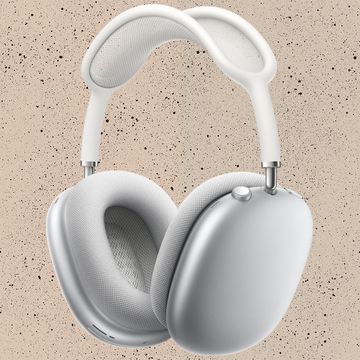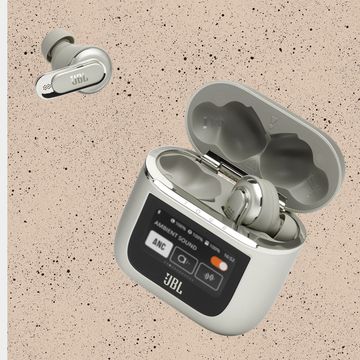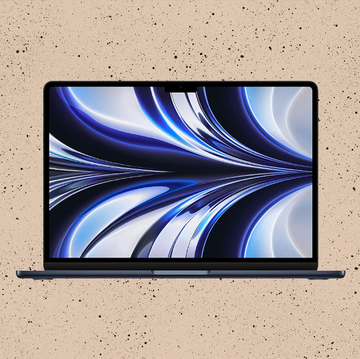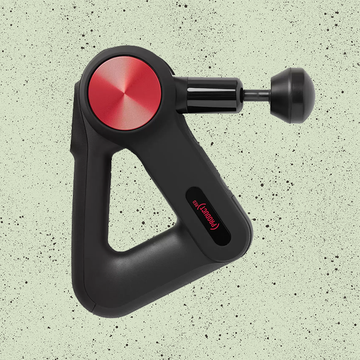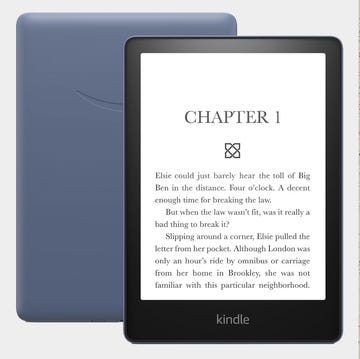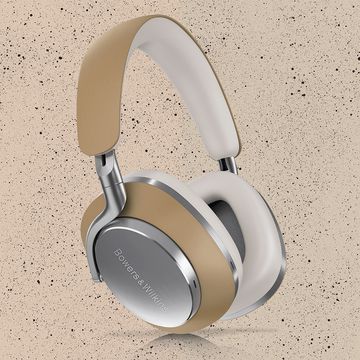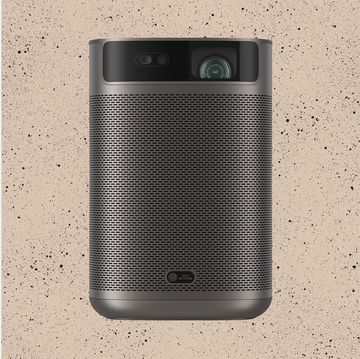‘Evolution not revolution’ is a phrase so well-used in the business of car design that it can now trigger automatic eye roll. There is one model though in which it still feels totally appropriate.
“In its overall concept the 911 has always stayed true to its roots,” says Michael Mauer, chief designer at Porsche. “All ingredients that have made it unique and successful are still there: the purity of its lines, the functionalism, the proportions and its key design features.”
Those consistent features include the elliptical headlights, that relatively upright profile and the unmistakable teardrop-shaped ‘glassbox’.
For this car, code-named 992, a longer, more angular bonnet, a broader, re-styled rear-end and an interior which combines the very latest tech with almost Seventies analogue styling are amongst the biggest changes.
As so often the overall effect is subtle-bordering-imperceptible but the design team seems to have an uncanny knack of knowing what to tweak and what to leave well alone.
To successfully evolve a design that remains faithful to a car from 1963 yet with each update still feels fresh alongside contemporary rivals (many of which begin enjoy the luxury of a clean sheet of paper) deserves more praise than it might receive. It requires careful guardianship, one which Mauer describes as both “a challenge and an honour at the same time”.
"The 911 is, and will remain, the most important car for Porsche," he explains. "It is the car that defines our brand identity, and it is an icon in its own right. Designing the next generation 911 is a challenge and an honour at the same time; kind of a must-do in a designer’s life."
With any new 911, the exterior styling tends to take most of the attention, but the seriously impressive interior of this 992 provoked as much debate within the Porsche design team at least.
"From the beginning, I strongly believed in a much wider, more prominent instrument cluster, like in the first 911 generations," says Mauer. "At the same time, the displays grew to more than twice their previous size, and we had to incorporate even more driver information. We had to start with a clean sheet of paper to come up with a solution."
The overall impression is of an ultra-contemporary car pushing the engineering envelope, but with a clear sense of its origin story.
“What we continuously focus on is to keep it not just up to date but to really push it forward,” adds Mauer. And that means addressing each generation shift with a clear brief of its own.
“(With this car) I wanted a muscular and very compact appearance. One that hides the fact that, dimensionally, the 992 has grown a bit compared to the 991 (the 2012 model). Secondly, we focused on unmistakable styling cues such as the rear light bow in order to clearly set it apart from its predecessors.”
Objective successfully achieved. Once again.
911 Carerra 4S
Top speed: 306kmh
Acceleration: 0-100km 3.6 seconds
Power: 443hp
Engine: 6 cyclinder 3.0 litre twin turbo
Colour: racing yellow
